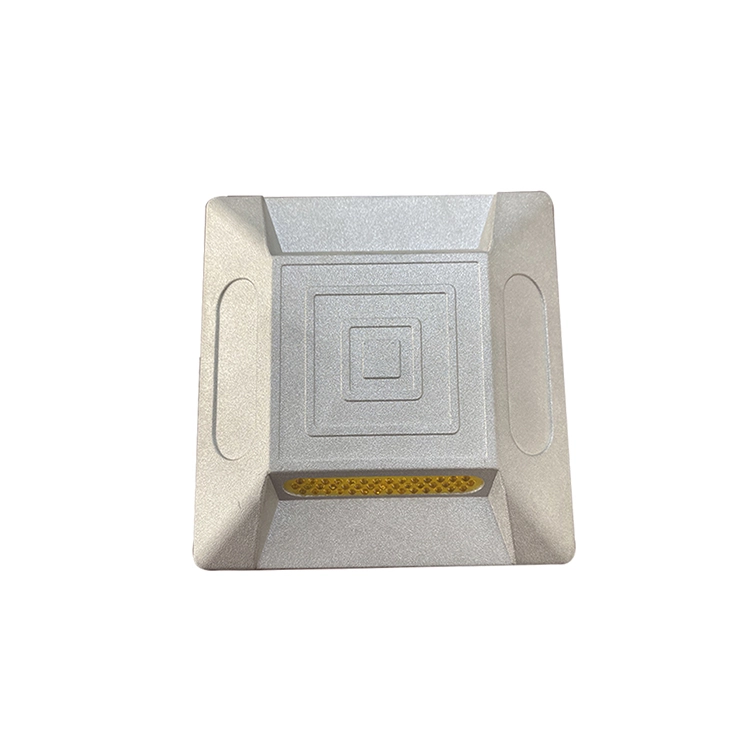How do Solar Road Stud contribute to sustainable and energy-efficient road infrastructure?
On January 12, 2024 by Eli Stewart With 0 Comments
- Blogging
Solar road studs contribute to sustainable and energy-efficient road infrastructure through their use of solar power, reducing the reliance on conventional energy sources and minimizing the environmental impact of roadway lighting.
Here are ways in which solar road studs promote sustainability and energy efficiency:
- Solar Power Generation:
- Solar road studs are equipped with solar photovoltaic (PV) cells that capture sunlight and convert it into electrical energy. This process harnesses renewable solar energy, reducing the need for electricity from conventional power sources.
- Off-Grid Operation:
- Solar road studs operate independently of the electrical grid, making them suitable for remote or off-grid locations. This reduces the need for extensive infrastructure to connect them to power sources, contributing to energy efficiency and cost savings.
- Reduced Carbon Footprint:
- By utilizing solar energy, solar road studs help reduce the carbon footprint associated with conventional lighting systems powered by fossil fuels. The use of renewable energy sources aligns with sustainability goals and mitigates environmental impact.
- Low Environmental Impact:
- Solar road studs typically have a low environmental impact during their lifecycle. They do not require excavation for power cables, minimizing disruption to ecosystems. The manufacturing and disposal processes can be designed to be environmentally responsible.
- Energy Storage with Batteries:
- Solar road studs incorporate rechargeable batteries to store excess energy generated during the day. This stored energy is then used to power the studs during periods of low sunlight or at night, ensuring continuous illumination without drawing from the grid.
- Reduced Energy Consumption:
- Traditional roadway lighting systems that rely on grid power can consume significant amounts of energy. Solar road studs use energy-efficient LED lights, which consume less power compared to conventional lighting technologies. This further contributes to energy savings.
- Smart Lighting Controls:
- Some solar road studs are equipped with smart lighting controls, allowing them to adjust brightness levels based on ambient light conditions. This adaptive lighting reduces energy consumption during periods of high natural illumination.
- Long Lifespan and Durability:
- Solar road studs are designed for durability and longevity. Their long lifespan reduces the frequency of replacements, China Solar Road Stud resulting in lower resource consumption and less waste. This contributes to the overall sustainability of the road infrastructure.
- Customizable Lighting Patterns:
- Certain solar road studs offer customizable lighting patterns or flashing modes. This feature allows for optimized use of energy, providing necessary visibility when needed and conserving energy during less critical times.
- Enhanced Safety and Reduced Accidents:
- By improving visibility and delineating road features, solar road studs contribute to enhanced safety. This, in turn, can reduce the likelihood of accidents and the associated environmental impacts, contributing to overall sustainability.
- Adaptability to Renewable Energy Initiatives:
- Solar road studs align with broader renewable energy initiatives and sustainability goals. Their integration into road infrastructure supports the adoption of clean energy technologies within the transportation sector.
By harnessing solar energy and incorporating energy-efficient technologies, solar road studs play a role in creating more sustainable and environmentally friendly road infrastructure. Their use contributes to the reduction of greenhouse gas emissions and dependence on non-renewable energy sources.

Comments are Disabled